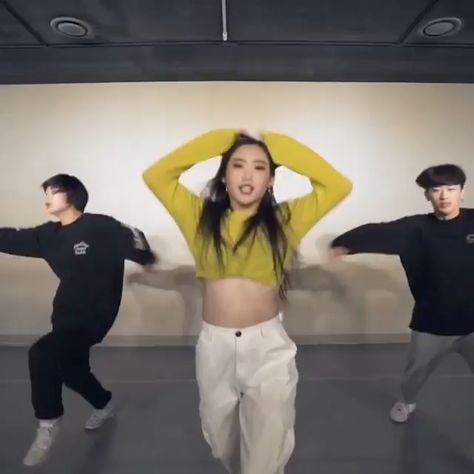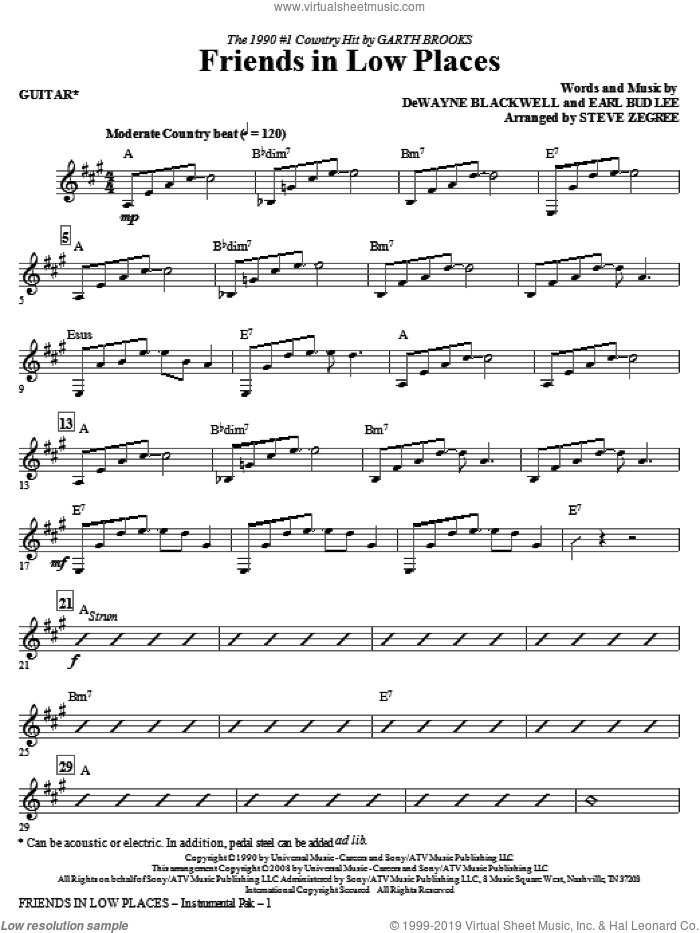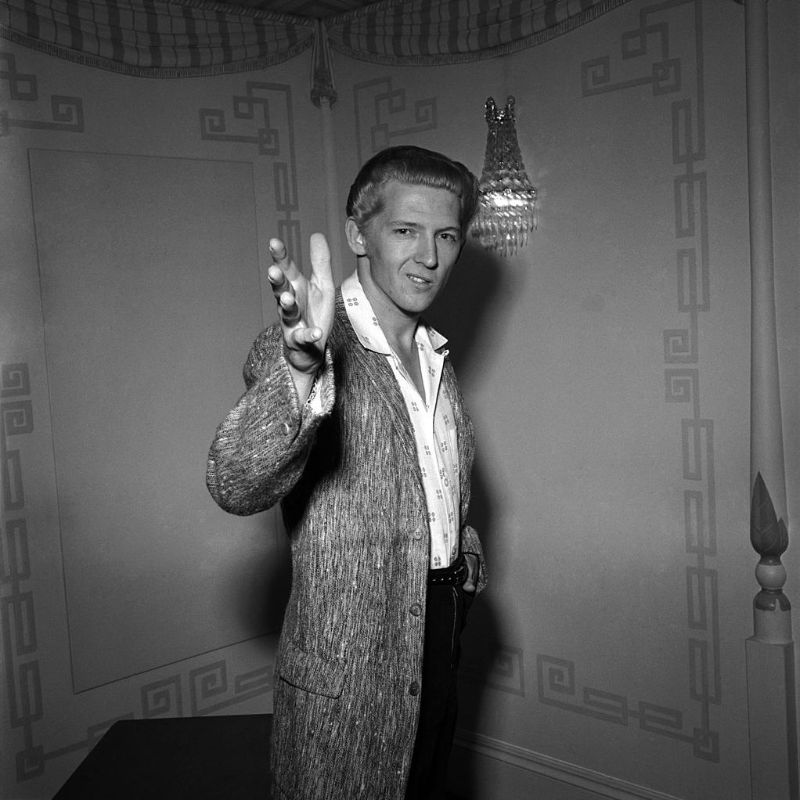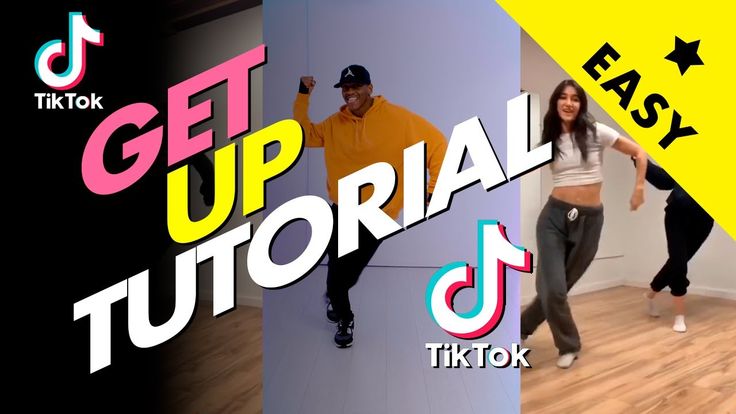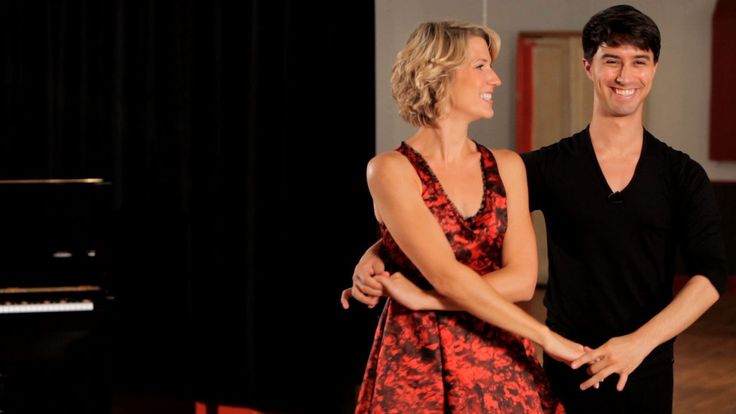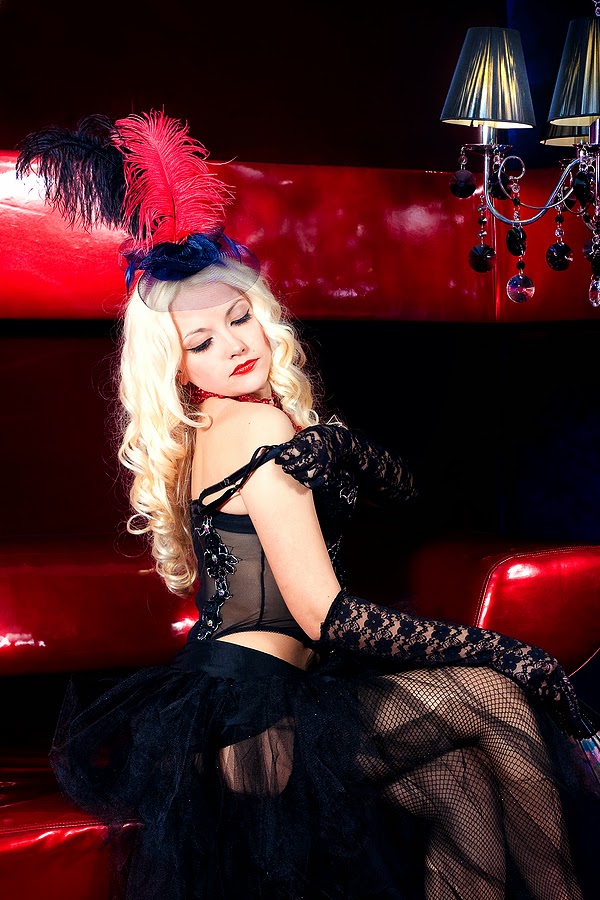How to look cool dancing
How to look good dancing, in just one lesson | Dance
I'm in a high-ceilinged studio space with whitewashed floors and bright lighting. This place doesn't look much like a nightclub and there's no party atmosphere, but I have come to dance, or at least to take part in an Introduction to Dance class: I want to find out if there is any hope for me.
Actually, I don't think I'm a terrible dancer. There was a time in my 20s when I would go clubbing without fail every week and it didn't take much to lure me on to the dancefloor. Dancing gave me the opportunity to totally lose myself; for someone like me who doesn't drink or do drugs it wasn't just intensely pleasurable – it also felt necessary. Today I am a middle-aged, married, mortgaged, fortysomething father. My opportunities for dancing have diminished, as has my confidence.
Tania, our instructor, takes us through our first moves. I hadn't realised until now how much of my dancing style was arm-based – random pointing played a crucial role in my technique. I also realise how little I was moving my legs and especially my upper body. It's almost as if I wasn't allowing myself to respond instinctively to the music and the beat.
Tania stresses the importance of relaxing the chest. She shows us how to crumple and twist our middle section by breaking it into different areas – the upper chest, stomach and hips – and trying to move one part without affecting the others. I am even asked to do something called a ripple. It's the sort of move I imagine pole dancers learn during their training, and indeed when done well it looks as if your body is undulating in musical ecstasy. It doesn't quite look like that when I do it.
Having to isolate different moves and focus on the chest, then shoulders and neck, makes me appreciate that my style of dancing is stiff rather than fluid – more Ian Curtis than Curtis Mayfield – and the way to improve that is to focus on the core rather than the limbs.
Tania's promise, or warning, that the class would be funky, meant the anodyne hip hop music we were dancing to wasn't anything I would usually subject myself to and the moves that suited the music- sudden drops with legs apart, tapping the inside and outside of one's shoes as you shake your lower leg- weren't things I could imagine doing while listening to Joy Division: good dancing demands good music.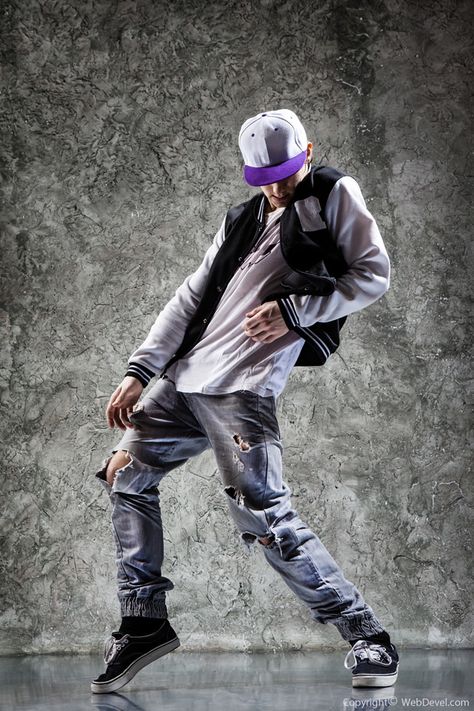
I stare at myself in the huge mirrors, dancing to hip hop music – suddenly dropping down with legs apart or shaking my lower legs – and at first I feel self-conscious. It's hard not to enviously glance at the others as they morph into Michael Jackson and Beyoncé.
By the end of the class I am totally exhausted and just a little bit exhilarated. The most important lesson I have learned isn't any particular dance move, although that helps, but just that it is so freeing to have an outlet to dance where for an hour and a half I am not thinking about work or family or Twitter: just about how good it is to move your body to the music.
That weekend, in the safety of my living room I put on some music – Pulp's Disco 2000 – and have a dance with my wife, Bridget, and our two-year-old daughter, Laila. As I dance, I notice how much more aware I am of my body. Dancing well is about good music and good moves but it is also about realising that no one is ever too old to dance, and that the dancefloor needn't have a glitter ball – it can even have a dining table.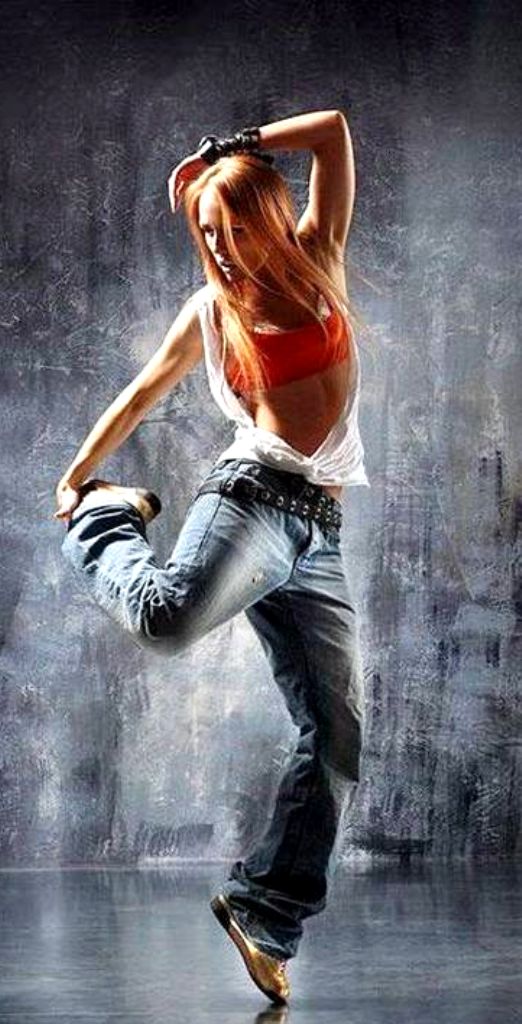
In one way it is rather ridiculous, the three of us dancing amid the toys and books, and yet in another it is perfect."Won't it be strange when we're all fully grown," sings Jarvis Cocker, and Bridget and I sing along with him. I don't wave my arms quite so much, my chest feels looser, my confidence is back, and no one is laughing at me.
Sarfraz took an Absolute Beginners class with City Academy, London
What I learned Sarfraz's top tips
1 Be confident Remind yourself you're never too old to dance.
2 Avoid the sudden drop with legs apart You're not Miley Cyrus. Also worth avoiding any move that may bring to mind the zombies in the Thriller video.
3 It's OK to close your eyes It's almost certainly not cool but it feels good to me.
4. Choose music that suits your mood Saying that, I would counsel sitting out the Village People's YMCA.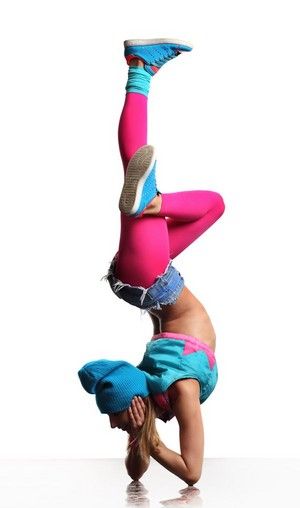
5. Don't worry about where you dance Otherwise you'll never do it – the kitchen will do.
Take it further
At a class
Frame has to be London's most fun dance studio. It hosts Classic Music Videos classes so you can channel your inner Jacko, Madonna or TLC.
On a course
Is it a while since your dancing heyday? The Northern Ballet's Keep Dancing course is for those aged over 55 who have never danced, or are a bit out of practice.Enrol for the whole course or drop in.
At a festival
The Glasto Latino tent is back. Take lessons by day to live music from one of Cuba's best "son" bands (fusion of Spanish and African music), then flaunt your new moves at night.
27-29 June.
10 Tips To Instantly Make Your Dancing Look Less Awkward
When you hit the dance floor do you tense up and get all awkward?
Are you not sure what to do with your hands?
Are you unable to decipher the mood of the music?
Don't fear, STEEZY'S HERE!
We came up with 10 easy tips to help you look cool while you dance:
Video Transcript:
Honestly most of us learn how to dance
because we just want to look cool
and you know what doesn't look cool? Looking
like this.
You don't want to look like that. So here are 10 tips to take your dancing from awkward and stiff to super lit.
Tip #1: Be on beat. Even if
your moves are super hot fire
you know that you're still gonna look really awkward if you're not dancing to the
rhythm. So make sure you just take your
time, listen to the music, find that
consistent rhythm so that you can use
the beat to guide your movements.
Tip #2: Don't lock your limbs. No one
looks cool dancing with over extended knees or elbows
So shake them out, bend
your knees, keep your body comfortable
Tip # 3: Don't cut off your movements. A lot of awkwardness comes from stiffness and a
lot of stiffness comes from interrupting
your movements, so don't interrupt your
movements unless you're purposely
isolating your body parts ok?
Tip #4: Use everyday motions as part of
your dancing. Lyle Beniga is amazing at
Lyle Beniga is amazing at
taking familiar scenarios and turning
them into effortless dances.
Point is, you don't have to bust out some crazy combo to be a good dancer. Sometimes trying too
hard can look awkward. Stick to things
that are simple and comfortable on your body.
Tip #5: Be intentional with
your hands. Not paying attention to your
hands can make you look really, really
awkward.
Here's some cooler ideas for your hands.
You can point, clap a little bit, hello audience,
greetings, whip, milly rock, and what's up b-boy stance.
Tip #6: Match the mood of
the music. Your dancing can also look
super awkward if it just doesn't fit how
the music feels.
Tip #7: Dance through your mistakes. Like Jessie, she's
been dancing through her whole life. OHHH MY LIFE IS A MISTAKE.
Jessie Ma-stake.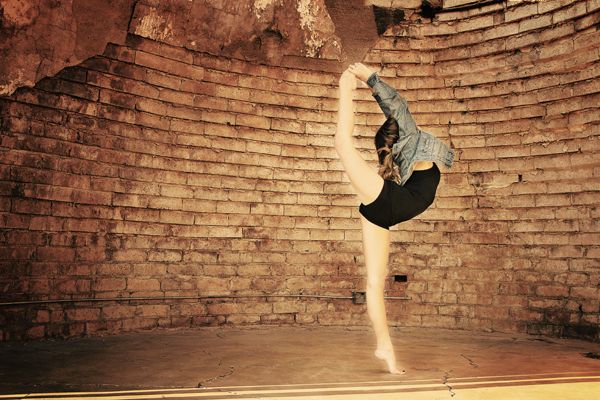 Mess ups are only awkward if you make them awkward. Don't make it awkward.
Mess ups are only awkward if you make them awkward. Don't make it awkward.
Stop! Stop being awkward ok.
If you end up tripping on stage it's
okay, you trip on stage. The DJ says step
to the right and you step to the left
it's okay it happened man, just keep on
going, no one's gonna worry about it, chiiiiilllll.
Tip #8: Condition your body.
Whatever your body shape or size you can
condition it to dance the way that you
want so stretch out for flexibility
and range of motion, do cardio for more
stamina, and lift weights if you want to dance with more strength.
Tip #9: Face different directions. Facing the front
the whole time is boring and you're not
boring are you? So face different
directions, face the side, face this side
face the back, face the ceiling.
Last but not least Tip #10: It's okay to
look or feel stupid.
You'll get better every time you dance. So to recap all 10 tips. Number 1 be on beat. Number
2 don't lock your limbs. Number 3
don't cut off your movements. Number 4
use everyday motions as part of your
dancing. Number 5 be intentional with
your hands. Number 6 match the mood of
the music. Number 7 dance through
mistakes. Number 8 condition your
body. Number 9 turn to different
directions. Number 10 it's okay to look or feel stupid.
Feel free to add to this list by
sharing your tips in the comment section.
Give this video a huge thumbs up and
subscribe to our channel for more fun
and educational dance videos. Now go out there and I'll see you on the dance floor.
Corridor. The floor is yours.
Mordor. Ahhh dang that was a good one!
I want to dance. 10 misconceptions about dancing
The desire to learn how to dance is natural and natural in the modern world. You can list the reasons, starting with obvious and popular pragmatic desires, for example, to start moving or losing weight, ending with unconscious and even existential ones.
You can list the reasons, starting with obvious and popular pragmatic desires, for example, to start moving or losing weight, ending with unconscious and even existential ones.
This is due to the fact that dances are at the subtle intersection of the inner and outer worlds, physical and spiritual. Above this, music becomes a driver that cannot leave anyone indifferent.
In dancing, there is magic inside a person, which is not always noticeable when viewed from the side. At the initial stage, it is the external picture that attracts to dances, and sometimes repels, as it seems too frivolous and superficial.
But there are even stronger obstacles that stop many people from starting dancing. These illusions and delusions roam the minds of the majority, and are often afraid to ask about them directly, or they ask the question about it so often that they are no longer ready to hear an honest direct answer. I will try to do it in this article.
There are many examples of contemporary dance instructors sharing their thoughts about not expecting to be in the dance industry. Once upon a time there was a man and was engaged in adult, serious business. Sometimes even very serious. A person could have children and even grandchildren. I saw dances only on stage or on TV. For reasons unknown to himself, he ended up in dances. At first, everything seemed like entertainment and a useful pastime. But time has passed, and a person catches himself thinking that he thinks about dancing not just every day, but really all the time. A couple of years pass, and he already becomes a teacher or organizer of some event.
Once upon a time there was a man and was engaged in adult, serious business. Sometimes even very serious. A person could have children and even grandchildren. I saw dances only on stage or on TV. For reasons unknown to himself, he ended up in dances. At first, everything seemed like entertainment and a useful pastime. But time has passed, and a person catches himself thinking that he thinks about dancing not just every day, but really all the time. A couple of years pass, and he already becomes a teacher or organizer of some event.
A similar path can start at 15 or 55 years old. The only difference will be in the self-perception of the starting stage, that it’s too late to dance. In fact, for each age there is its own dance direction, which can reveal it to the greatest extent at this stage. Hip-hop or breaking is closer to children and teenagers, and Argentine tango is closer to adults. It's never too late to start dancing. You need to make the right choice of dance style based on several parameters: age, gender, music, goal.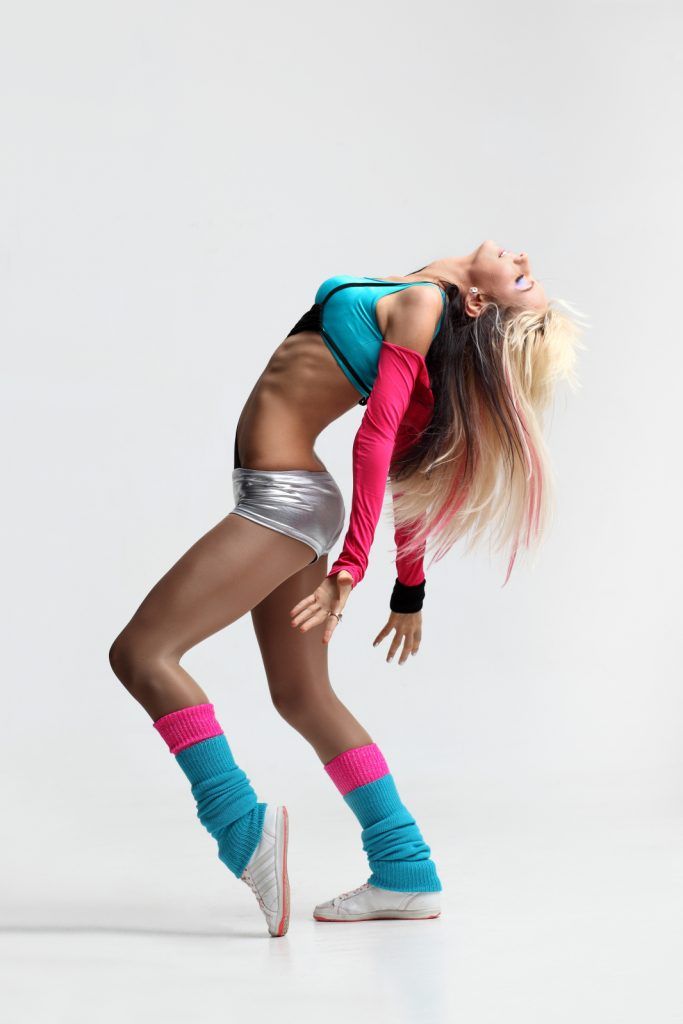 There is a dance direction for any arrangement.
There is a dance direction for any arrangement.
Misconception 2: Men don't dance
Our culture has a number of restrictions related to dancing. Most of these causes are psychological and lie outside the realm of rational reasoning.
First, in our culture, in principle, dancing for pleasure or self-expression appeared relatively recently. 20-30 years ago dance clubs were only for children. To start dancing even in adolescence was considered exotic.
Secondly, the aesthetics of the body in our country for men is not in the focus of attention. In general, this can be attributed to the fact that Russian men try hard not to draw attention to their appearance and clothing. Men in our country use other tools for this.
Third, dancing is associated with entertainment and alcohol. If a man feels serious and respectable, then he either does not have time or desire for this.
Nowadays the general cultural background has changed and the result is that men are learning to dance.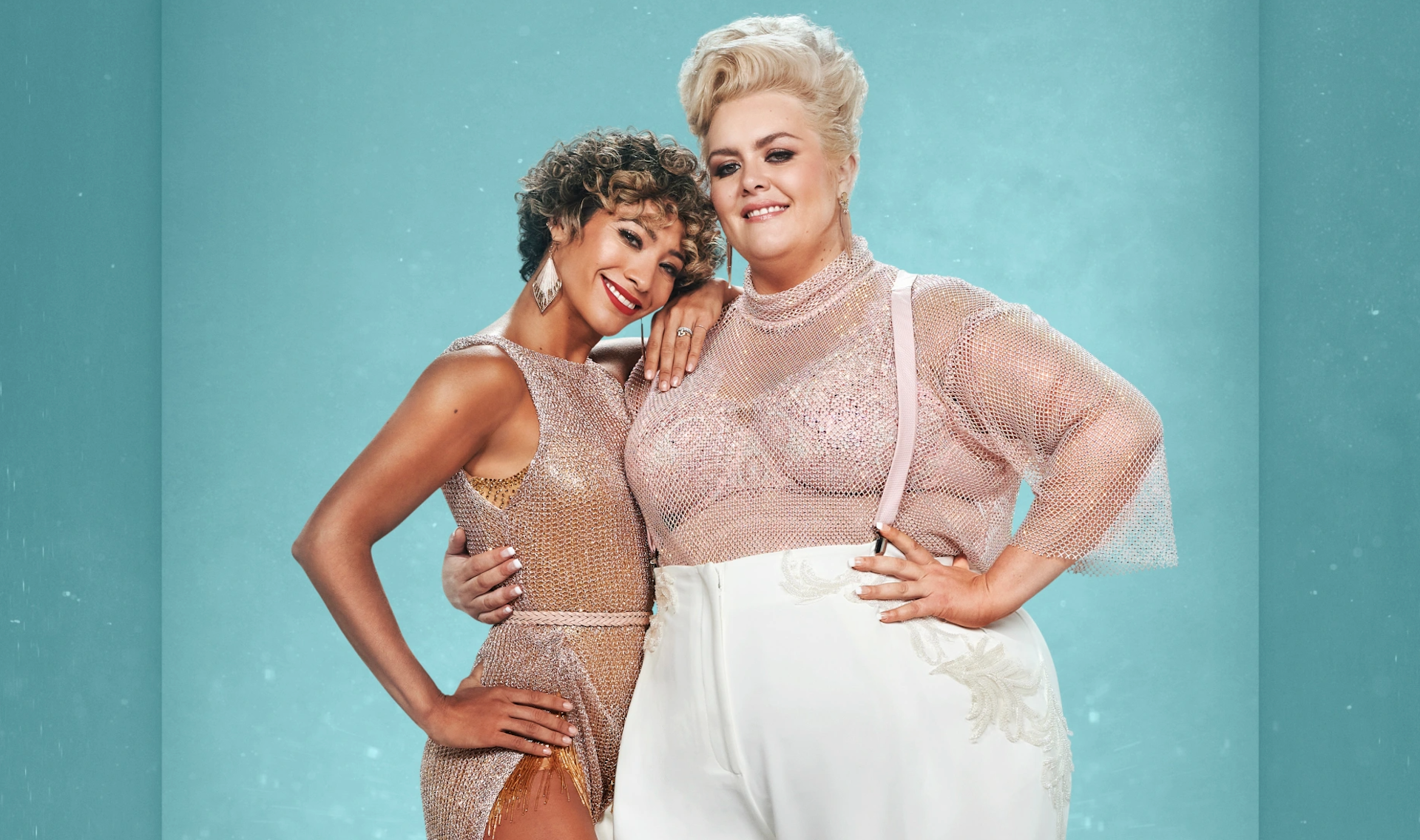 It becomes as much a sign of masculinity as clothing, hair or beard.
It becomes as much a sign of masculinity as clothing, hair or beard.
Unfortunately, many misconceptions remain even among those who have already started dancing. Dance teachers do not always pay attention to this, as it seems to them that this is a matter of course.
Fallacy 3: special training is needed
For an outside observer, there is always a cognitive dissonance about what dance is. What he sees on the big stage in the form of a show with sweeping movements and splits is obviously dancing. Breakers doing unimaginable elements in the air and on their hands, competing with each other, also seem to be dancing. Pensioners in the park waltz. Dancing again, but for some reason everyone is so different. How to understand that this is a dance, and what physical criteria should be in the body.
In fact, any self-expression through the body to music can be attributed to dance. There are a number of reservations, but they are not essential. For self-expression, a person uses the set of plastics that he has. Subtlety and technique do not depend on extreme ways of self-expression, and it often happens that splits and somersaults interfere with a meaningful dance. The development of plasticity and the expansion of the body's capabilities are part of the preparation of the dancer, but not an end in itself.
For self-expression, a person uses the set of plastics that he has. Subtlety and technique do not depend on extreme ways of self-expression, and it often happens that splits and somersaults interfere with a meaningful dance. The development of plasticity and the expansion of the body's capabilities are part of the preparation of the dancer, but not an end in itself.
Fallacy 4: You must learn to dance in pairs
In couple dancing, the final learning outcome is that the couple dances at a party. It would seem that you should always train together to get the desired result. This is not true. Let's take an example from boxing. An indicator of a boxer's skill is a fight with an opponent, but this does not mean that he constantly has to fight. Also, the ability to dance is built on the possession of one's own body and the ability to interact.
The skill of the teacher is the correct selection of methods so that the student masters the skill.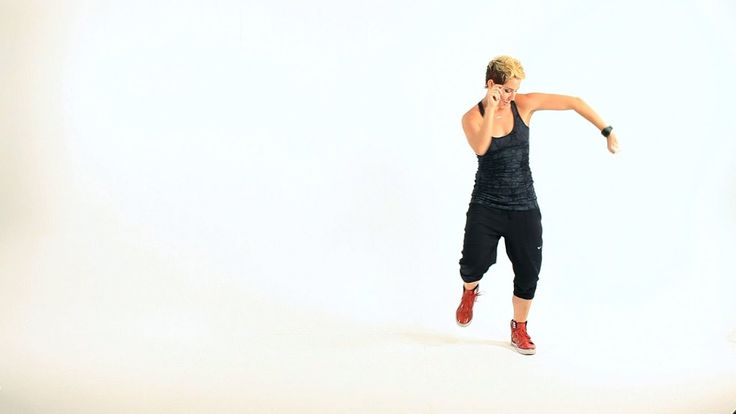 Based on the skill, you can engage in creativity and self-expression in dance. Not everyone knows, but it is no coincidence that almost all social dance dancers have a serious dance background, which is based on the development of individual techniques.
Based on the skill, you can engage in creativity and self-expression in dance. Not everyone knows, but it is no coincidence that almost all social dance dancers have a serious dance background, which is based on the development of individual techniques.
The same can be attributed to the interaction in a pair. The ability to separate in oneself the one who leads and the one who follows the lead is impossible within the framework of studying the sequence of movements in pairs. For this, there are special exercises that make the skill more versatile. For this, the presence of a permanent couple is not necessary, as well as the regular presence of a partner in general.
IMPORTANT! You can’t experiment at a party, and everything should be in its place there: men dance with women.
Getting rid of illusions is a complex internal process. If you leave them to yourself, you can even get the opposite result.
Fallacy 5: plastique and stretching are mandatory attributes of dance
Much depends on the genre of dance that you want to master. In previous articles, I have already mentioned that different dance styles are suitable for different ages. It is appropriate to dance hip-hop in adolescence or youth, Argentine tango is a more adult dance, it is important to enter classical choreography at a young age.
In previous articles, I have already mentioned that different dance styles are suitable for different ages. It is appropriate to dance hip-hop in adolescence or youth, Argentine tango is a more adult dance, it is important to enter classical choreography at a young age.
The degree of necessary plasticity and sensitivity to the dance direction also correlates. For example, breaking requires great physical effort and dexterity. Elements are built on acrobatics and high speed of execution. Who are they more suitable for? Obviously young people.
There is a lot of interaction in salsa. It is necessary to feel the partner subtly, to be able to show a variety of figures and elements. Twine or acrobatics are completely inappropriate here. However, a variety of ways to show oneself are required. Accordingly, the dance is youthful, but not at all childish.
The older the dance, the less stretching or acrobatics is required. The main emphasis is on the quality of technology, the variety of ideas and the ability to show plasticity.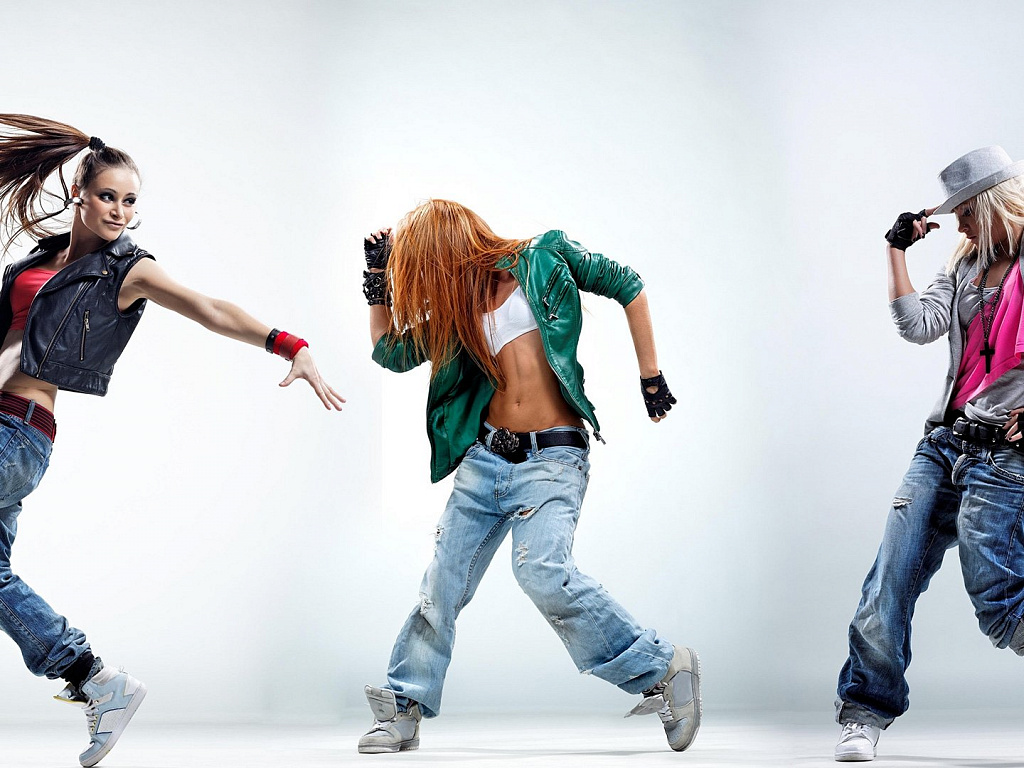
Misconception 6: Mirrors are necessary for learning
There is a set of instruments that dancers use to learn how to dance. The fact is that the dancer needs to receive feedback on how his movements look from the side. It is impossible to dance and see yourself from the side at the same time. The most common tool is a mirror. But not the only one.
Like any auxiliary tool, mirrors have positive and negative effects. The positive is that they can receive feedback in real time and technically it is not very difficult. The downside can be dependence on mirrors. A situation where a dancer cannot capture the feeling of dancing, such as on stage or at a party. For these purposes, you can use, among other things, video filming or proper preparation.
In many countries in Latin America, dance classrooms are not equipped with mirrors. Classes are held in bars or large halls. The dancers initially form the skill of focusing on the inner sensation, and not the habit of looking for their reflection in the mirror with their eyes.
Misconception 7: there is a lot of obsceneness in dancing
A common question from novice dancers who are taking their first steps in more contact couple dances is “in order to dance cool, there must be passion inside the couple?”. I immediately answer that no, not necessarily. Kizomba, bachata and Argentine tango attract many with their close contact. Like any other contact in our everyday life, in dances, contact can be different. We hug friends, parents, children. These hugs can wear many different shades. Sexual overtones are one of many.
The culture of dance also includes the boundaries of what is acceptable. A compliment from a well-mannered person is different from a statement about female sexuality by a gopnik. Usually, those who study at a dance school already have an idea of what boundaries should not be crossed. A good dance from a technical point of view will never look vulgar or vulgar.
Dancers always have a choice about the boundaries of contact. Most prefer to leave a good impression of themselves, as word spreads just as fast in the dance world.
Most prefer to leave a good impression of themselves, as word spreads just as fast in the dance world.
Misconception 8: the best dancers are the bearers of culture
Even the very question of the origin of this or that dance can be paradoxical and ambiguous, especially when it comes to its development and performance.
For example, the Viennese waltz did not originate in Vienna, but in Germany. Salsa has its main roots in the USA, not in Cuba. The famous Greek folk dance sirtaki was invented for the film Zorba the Greek and appeared only in 1964.
The same can be attributed to the development of modern dance styles. Korea is known for its world-leading break dancers. People go to Turkey for Argentine tango, Spain is strong with excellent salsa and bachata dancers, in Egypt, Russians are considered the best belly-dance performers.
A good dance is based on quality training and diligence. Skin color, place of birth and age are secondary.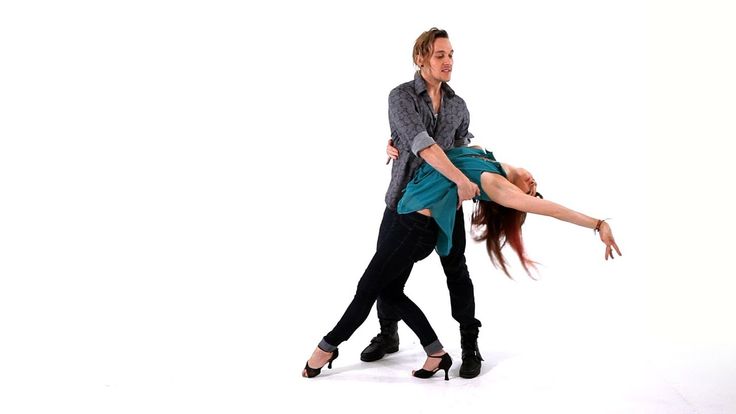 Exotic appearance, unfortunately, is often a reason to be more superficial about one's own professional development. This becomes the reason for the low level of teaching among the bearers of culture. I am sure that few readers of this post will be ready to conduct a master class in Russian folk dance outside of Russia.
Exotic appearance, unfortunately, is often a reason to be more superficial about one's own professional development. This becomes the reason for the low level of teaching among the bearers of culture. I am sure that few readers of this post will be ready to conduct a master class in Russian folk dance outside of Russia.
The mastery of mastering and teaching a particular style does not depend on the dancer's homeland. And "they absorbed the dance with their mother's milk" is nothing more than a common misconception.
Misconception 9: You have to know a lot of moves to learn how to dance
Focusing on learning a lot of moves often detracts from the essence of dance. Of course, the sequence of figures is important. Especially at the start. Over time, the dancer should have an understanding of how movements can be generated independently. Accordingly, instead of memorizing millions of figures, you can understand how to create them.
From every system of improvisation that a dancer can use as an instrument, dozens, hundreds or thousands of variations are derived. This frees the head from trying to reproduce the exact sequence and definitely adds freedom in the performance of the dance.
This frees the head from trying to reproduce the exact sequence and definitely adds freedom in the performance of the dance.
The huge theme of musicality can be attributed to the same question. Not every pre-conceived or learned sequence will fit specific music. The dance should give freedom, and not drive the dancer into the shell of the ropes.
Misconception 10: dancing is homosexual
The unusually high attention to the body and flair from stories about professional ballet led to the spread of this myth, among other things. Unfortunately, such an idea still exists in the minds of our fellow citizens.
The dance industry is now very broad and is represented by many dance styles. Some of them can even be called homophobic. Dances reflect the general attitude to the world and it is different depending on the life position and worldview of a person.
In many dances there is contact between the dancers. In Russia, dance contact between men has always been perceived very intensely.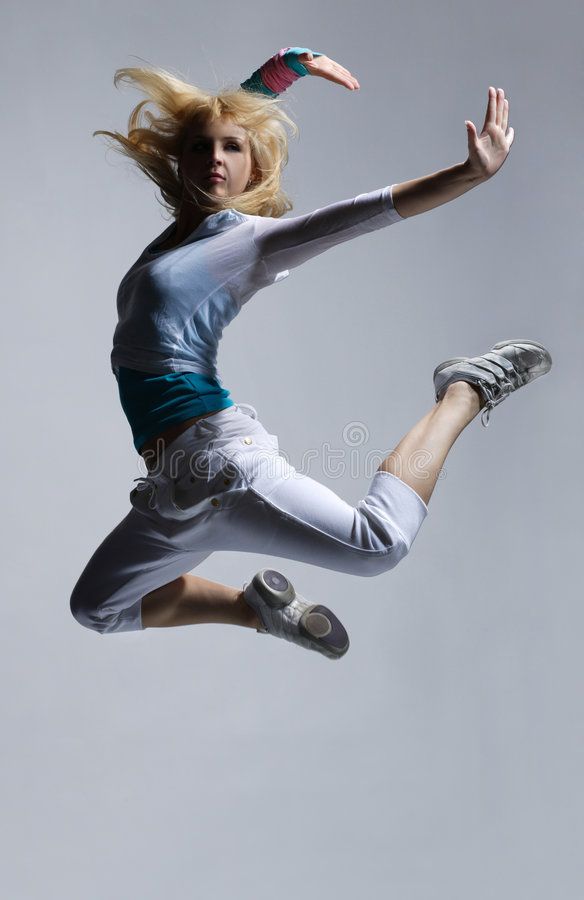 In most other countries it is different. An example of the fact that this tension is associated only with the dance theme and does not apply to other areas is, for example, wrestling. When practicing techniques, men are in much closer contact with each other. Sometimes lying on the floor and holding each other tightly. The historical roots of Greco-Roman wrestling are also ambiguous from a sexual point of view. But in our country, unlike dance, they are perceived as acceptable and brutal.
In most other countries it is different. An example of the fact that this tension is associated only with the dance theme and does not apply to other areas is, for example, wrestling. When practicing techniques, men are in much closer contact with each other. Sometimes lying on the floor and holding each other tightly. The historical roots of Greco-Roman wrestling are also ambiguous from a sexual point of view. But in our country, unlike dance, they are perceived as acceptable and brutal.
Dance, like the culture of speech, makes a modern person more successful and self-confident. The ability to control one's body, tune in to another person and the ability to be aesthetic in the plasticity of movement is valuable in the modern world. If we add here the pleasure of the process and the availability of dance as such, then the possibilities of this activity can hardly be overestimated.
It's sad when interested people are stopped by prejudices and myths that have nothing to do with dancing.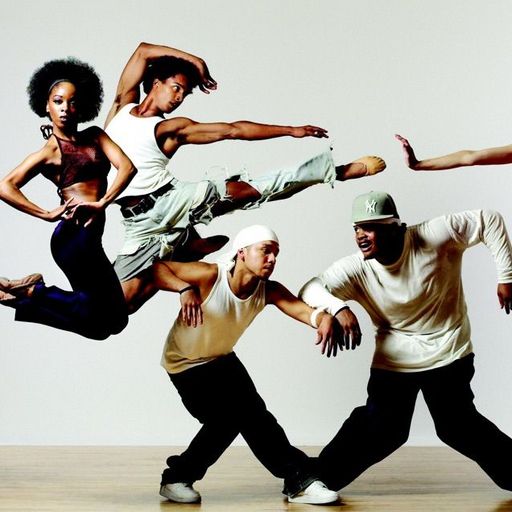 Freedom in body movements begins with freedom of thought and willingness to change.
Freedom in body movements begins with freedom of thought and willingness to change.
I hope that this review will help to take a different look at the dance culture for those who still have doubts about whether to start dancing.
Share on social networks:
Modern dance to modern music
How dancing can become an addiction
The fear and magic of tango
Dangerous sexuality
How dancing on video differs from dancing in movies
The self-destruction of the pair dance community
The Salsa series as a mirror of the community
Destroying the myths about leading pair dance
Does dancing make us better?
12 life hacks to quickly learn how to dance
The seven deadly sins of teachers
Why we will never dance bachata like the Dominicans
Why tango?
Debate over musicality
Selection of dances according to alcohol preferences
Where to find inspiration for dancing?
Terrible tango nuevo
Distribution of roles in a salsa party
Argentinean tango through the eyes of a salsa dancer
Is there a predisposition to dancing?
Which is more effective: individual or group lessons?
Sexual overtones in couple dances
A man in dances, or Bollywood in Russian
Of all the areas of modern mass art, dance is the most popular among young people.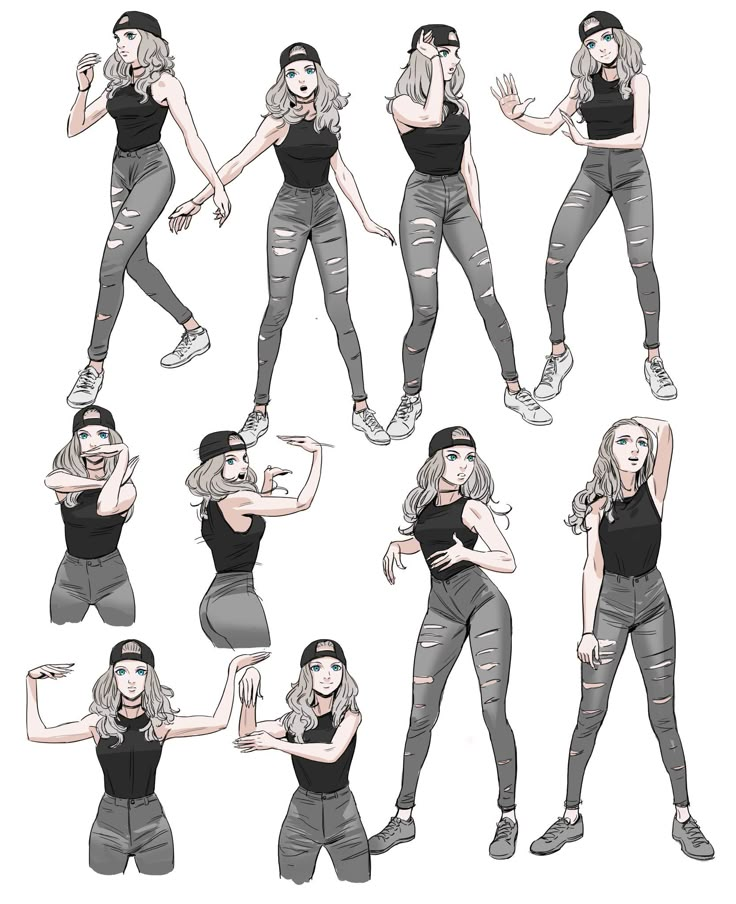 TV shows, movies and newfangled musicals suggest that dancing is cool. To live dancing, to live with the dance in your chest, to merge with the dance, to express yourself in the dance - it's cool.
TV shows, movies and newfangled musicals suggest that dancing is cool. To live dancing, to live with the dance in your chest, to merge with the dance, to express yourself in the dance - it's cool.
The dance has become a symbol of tolerance, excluding manifestations of "phobic" of a different nature. And the situation when a girl dances break-dance, and a guy dances ballet, has not discouraged the population for a long time, is not perceived as outrageous or rebellion.
Nevertheless, there are still islands of dance exoticism that can surprise. Our hero - Alexander - is a Russian guy of the Orthodox faith, 24 years old. He has an education as a pastry chef. And he is one of three men in Togliatti performing classical Indian dance.
Thanks to Indian dances, I got an interest in life
- Namaste (Skt. Hello), Alexander! Tell us, how did Indian dances appear in your life?
- Namaste. Even as a child - I was 8 years old then - my parents took me and my older brother to an Indian dance concert. I looked at what was happening on the stage, as if spellbound. It was very beautiful. That childish interest that appeared at the first acquaintance with Indian dance has been living in me for 16 years. True, the idea to go to classes belonged to his brother. He, perhaps, followed the principle then - after all, boys don’t dance. And I supported him.
Even as a child - I was 8 years old then - my parents took me and my older brother to an Indian dance concert. I looked at what was happening on the stage, as if spellbound. It was very beautiful. That childish interest that appeared at the first acquaintance with Indian dance has been living in me for 16 years. True, the idea to go to classes belonged to his brother. He, perhaps, followed the principle then - after all, boys don’t dance. And I supported him.
- I know that there are many directions in Indian dance...
- Yes, that is right. Indian dance exists in two forms: a folk dance, which is performed on holidays, we often see it in Bollywood films, and a temple dance, classical, otherwise it can be called a "story about the Almighty." There are 8 styles in classical Indian dance: Bharata Natyam, Kathak, Kathakali, Manipuri, Odissi, Mohiniattam, Kuchipudi and Satriya.
- What do you do?
- If we talk about me, then I am engaged in such styles of classical dance as Kuchipudi and Bharata-natyam.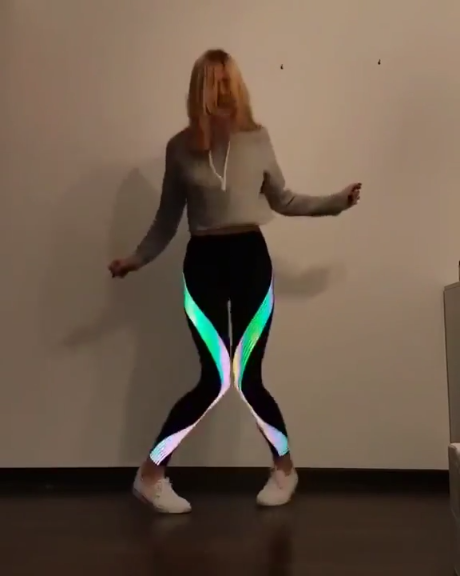
- Do I understand correctly: through dance you talk about happiness..., about God...?
- Yes, in Bharata-natyam I am talking about God. This is a prayer dance, a conversation dance performed in Shiva temples. The plot of the dance is ancient Indian myths. For example, Hindus believe that the Sun is God, they call it Surya. Therefore, there is a dance dedicated to Surya. Or Shiva is the God who created the Universe, which means that there is a dance dedicated to Shiva. Kuchipudi is a combination of dramatic and classical dance, it allows you to talk about joy, about love, about what is happening in a person's life here and now.
- Thanks to the dance, Indians improve spiritually, develop aesthetic feelings and mind. In addition, body flexibility and artistry are also developing. What did you get from the lessons?
- Through Indian dance, I learned a new art for myself, non-standard, unlike all the others.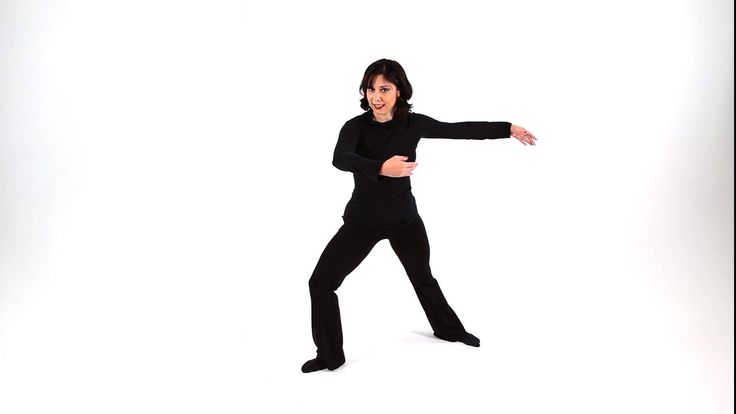 But besides this, a different feeling of one’s own body came due to the development of plasticity: after all, in Indian dance there are 24 variants of movements with only one hand, and 13 more types of movements of two hands at the same time, 10 movements of the whole arm, 5 types of movements for the chest and 5 types for torso, abdomen and thighs. There are types of eyebrow movements, as well as 36 types of looks.
But besides this, a different feeling of one’s own body came due to the development of plasticity: after all, in Indian dance there are 24 variants of movements with only one hand, and 13 more types of movements of two hands at the same time, 10 movements of the whole arm, 5 types of movements for the chest and 5 types for torso, abdomen and thighs. There are types of eyebrow movements, as well as 36 types of looks.
My general condition has improved. Hindus have a kind of sign language - mudra, which is used for health - it's almost like yoga for the fingers. Performing mudra, the dancer not only depicts various objects, actions, emotions, but also affects his entire body through points on the palms. The same is true of the legs - through beats to the rhythm.
But most importantly, I have an interest in life.
I am a Russian person… Dancing will not make me a Hindu
- I read that in Indian dance the level of skill of the dancer can be determined by the number of rows of ankle bells, the so-called ghungru, and the ringing they make.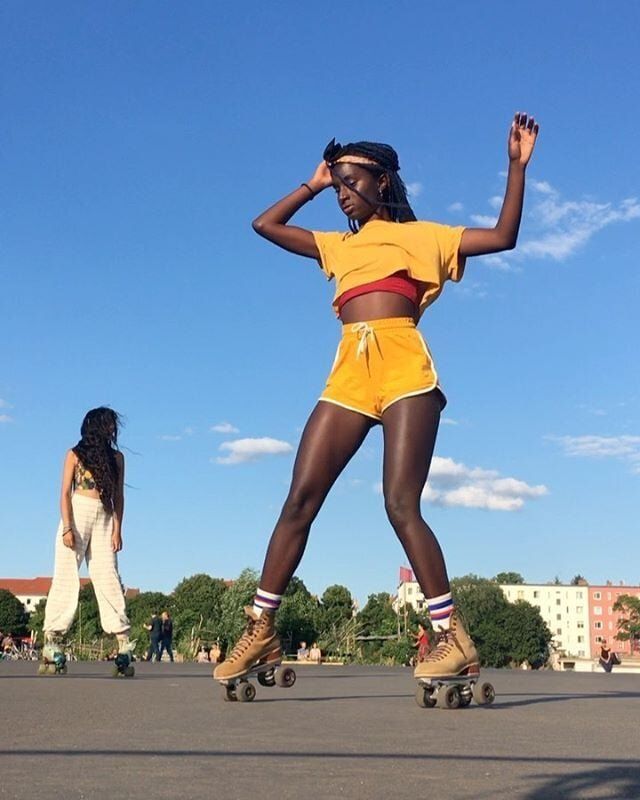 How many rows of bells do you wear?
How many rows of bells do you wear?
- No, the number of bells on the dancer's feet depends on the style of dance and music, the quieter it is, the louder the ghungru, and vice versa. The bells set the rhythm. The maximum number of rows is 12, this is in Kathak, where almost all movements are performed on straight legs. In other styles, it is physically difficult to use such a number of bells, because we dance in a semi-squat. And there can be a maximum of 6 rows. That's how many are on my feet.
- Why does a dancer need bright makeup?
- Makeup is a necessity that dance requires. In both classical and folk Indian dance, the face is involved along with the body. It plays an important role in conveying meaning. People in the back rows should see the facial expressions of the dancer. And this can only be achieved with bright makeup, including by applying eyeliner. With makeup, it is much easier to convey various feelings, for example, sadness, anger, resentment, disgust.
Before, I was very shy about “painting”. Basically, he didn't. But when I started practicing Bharata-natyam, the teacher explained to me why the dancer puts on makeup, and then all these embarrassments of mine simply disappeared. Since then, I have been making my own makeup.
- Psychologist Andrei Levshinov notes in one of his books: “Slavic symbols work in Russia. Not Chinese, not Gypsy, not Indian, not anything else. Slavic symbols are embedded in egregor Russian people... And it is not necessary to believe in it, hundreds of generations of ancestors have already done it for us. They are "written" in our genetic memory. Do you agree with this statement? Can a Russian person adapt to the traditions of another culture?
- Fundamentally, no. Feng Shui, yoga, qigong - all this is valid only in the area where it came from, where it developed and acquired its cultural meaning and magical character. In my opinion, here, in Russia, all these traditions will not be so effective.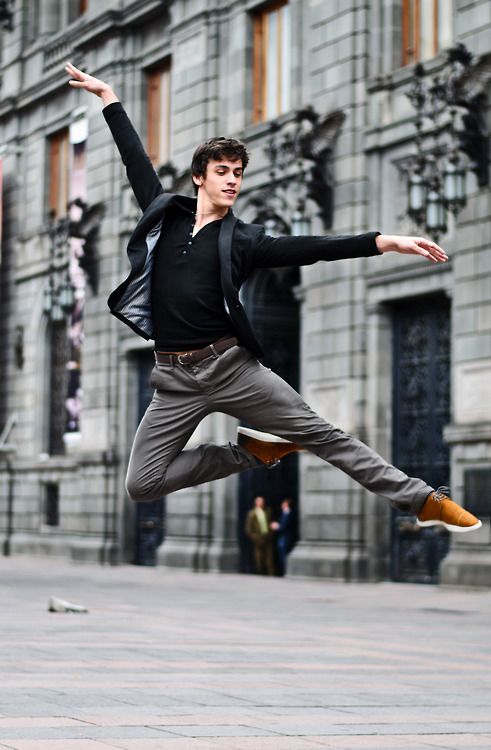 .. And a miracle is, rather, the result of self-hypnosis... We have our own - they have their own, it is better to remember our traditions.
.. And a miracle is, rather, the result of self-hypnosis... We have our own - they have their own, it is better to remember our traditions.
I dance because it interests me. Of course, I deeply respect the culture of India. It is a pleasure for me to penetrate it and comprehend it. But I also understand that dancing will not make me a Hindu. No matter how many years I devote to this, I will not be able to fully transition into their culture. After all, for this I would have to give up my homeland, culture, faith, and this is impossible. I am Russian.
- It turns out that for you dance is not a way of life, but a hobby, passion?
- Yes, a serious hobby. I have a stage persona that I create when I come to practice or go on stage. I leave all my problems at the door and dance, giving myself completely to the process. I make a clear distinction between private life and life on set. The dance has its own rules, which I adhere to, and everything that is already outside the classes, concerts is my own business. In dance I have a role that I try to play well.
In dance I have a role that I try to play well.
- How do your friends, relatives, relatives feel about your hobby? Does your family encourage you to exercise?
- Oh sure. In the family, both the elder brother and mother are engaged in Indian dances. Everyone except the father. Friends quite adequately perceive my classes. Some people have fun, they call me a Hindu (laughs). They love the way I dance. Many have seen my performances. They say do it, don't quit.
- What about other people? Do they show tolerance for your dance classes?
- Not always. Often there is bewilderment: you are a man, and men do not dance. And this despite the fact that many people are familiar with Indian films, they know "Jimmy, Jimmy, acha, acha", "Zita and Gita", and there men are dancing.
In such cases, I invite skeptics to my presentation so that they can see with their own eyes what I do, look at the technique. A lot of people change their minds after that. I have a very illustrative example: even at the technical school, classmates were surprised: they say, Indian dances are for girls. But after I performed at the concert, everyone came up with huge eyes, shook hands with me, said that I would make an excellent dancer.
I have a very illustrative example: even at the technical school, classmates were surprised: they say, Indian dances are for girls. But after I performed at the concert, everyone came up with huge eyes, shook hands with me, said that I would make an excellent dancer.
I stopped being upset about the rejection of my hobby, because I know if a person comes to a concert, his opinion will change.
- Do you watch Bollywood films yourself?
- I look, but not all in a row. It cannot be said that I am engaged in Indian dances and, therefore, I watch only Indian films. If the trailer and announcements of the film interested me, then I watch it, if not, then no. The last one I liked is Shivaay, 2016. Perhaps it is very difficult to find a better example of a good, quality Indian action movie.
- Did you tell that your relative was married to a Hindu?
- Yes, this is my uncle. He had a dream to marry a Hindu. He got married, but for some reason the family broke up after a while. Aunt Shilpa now lives in Mumbai.
-Would you marry a Hindu yourself? Do you have an ideal of female beauty?
- I do not create any ideals for myself. If I fell in love with a Hindu, I would marry. Love is still a spontaneous, inexplicable thing.
- Well, you wouldn't mind meeting Aishwarya Rai, would you?
- Of course not. And who will? But unfortunately she is married.
- If we imagine that the meeting took place, what traditions of our country would you introduce her to?
- Aishwarya Rai? Of course, with swimming in the ice-hole and a bath with birch brooms.
- Sasha, have you tried Indian sweets?
- Yes. For example, they have such a delicacy as modak, reminiscent of marshmallows. In general, everything they have is very sweet, cloying. Sometimes you try, and the feeling is that one cinnamon and a pack of sugar.
- You are now out of character, in ordinary clothes, but you are clearly wearing Indian accessories? What's this?
These beads are called rudraksha. These are the seeds of the tree. Among the Hindus, they are considered an adornment of Shiva, a symbol of the fact that he is a hermit, the creator of the world. And I just love the way they look. I don't really go into their magical meaning.
These are the seeds of the tree. Among the Hindus, they are considered an adornment of Shiva, a symbol of the fact that he is a hermit, the creator of the world. And I just love the way they look. I don't really go into their magical meaning.
And the pendant is a symbol of God Ganesh, who has the body of a man, the face of an elephant. In India, it is a symbol of childhood.
Of course, India and its cultural traditions attract with their depth and mystery, and it also enchants, and everything in it is very beautiful (smiles).
Indian dance will help anyone who wants to become more harmonious. And all residents of Togliatti have such an opportunity
- Is the group of Indian dances "Shanti", in which you are engaged, the only one in Togliatti? How many people are in it?
- I have not heard of any serious "competitors" of ours.
Ten people study at Shanti, of which only me, my elder brother and the teacher are men.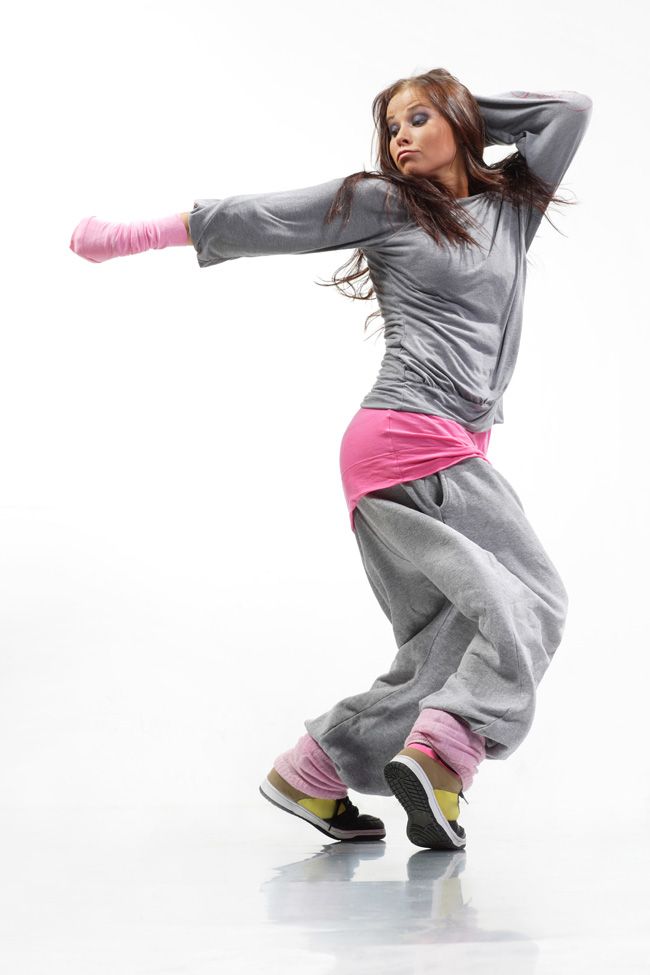 By the way, he studied in India for 5 years, he puts on dances and performs.
By the way, he studied in India for 5 years, he puts on dances and performs.
- Tell me, according to your observations, is it difficult for beginners to master the technique of Indian dance?
It's always hard for newcomers. A lot of people come to classes, but they work out for a day or two and that's it - they are not seen, not heard. It seems to be like watching from the side, and when they start doing something on their own, they understand that it’s hard. Dance patterns are especially difficult: movements of the arms, body, head, movements of the legs. For example, it took me 9 years to start dancing Kuchipudi, before that I only learned the movements.
- I understand that there is an interest in Indian dances in the city?
- Yes, when concerts and events are arranged, people come. Indian culture has always aroused interest.
- Do you have plans to popularize Indian dances in Tolyatti?
- Yes.